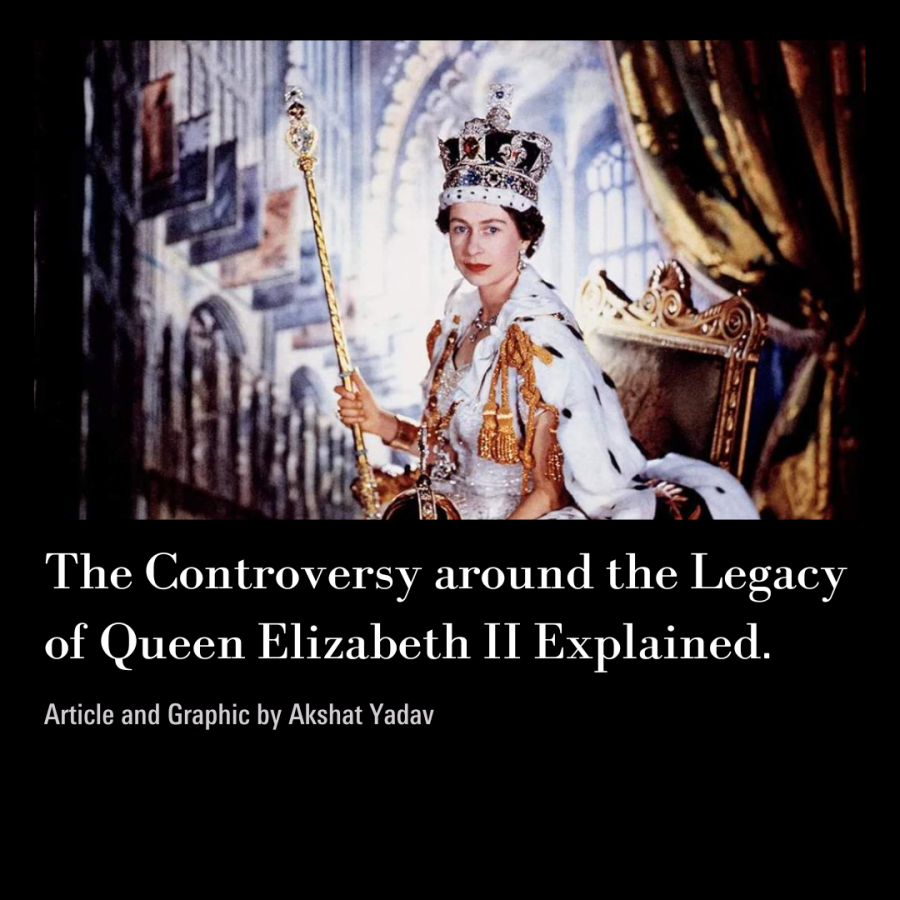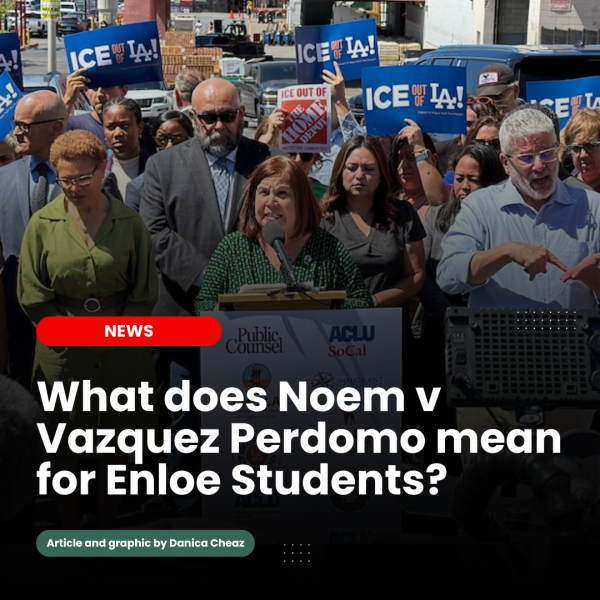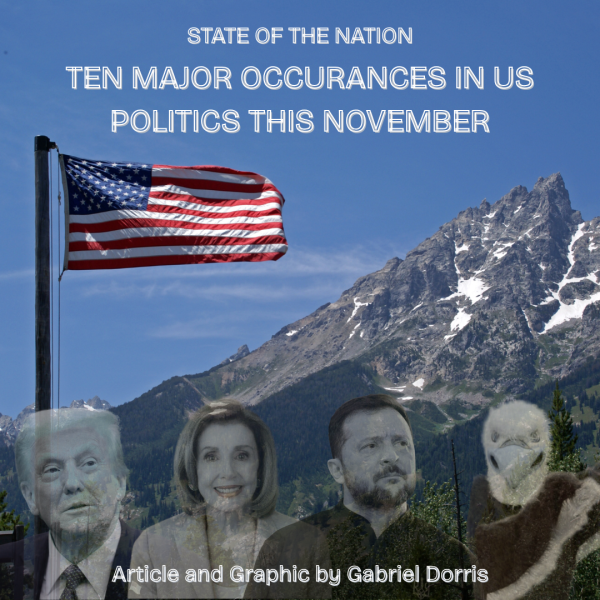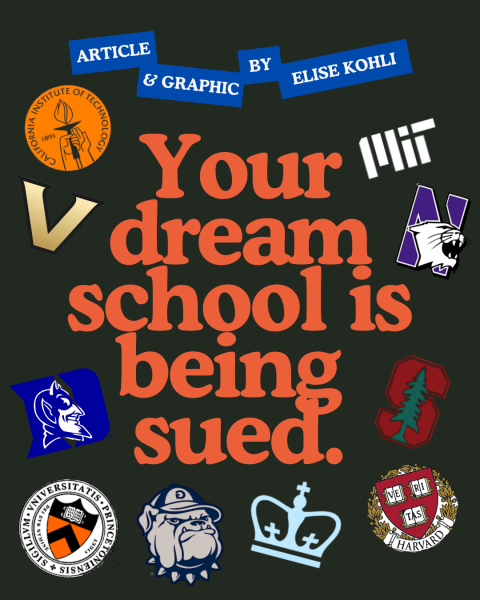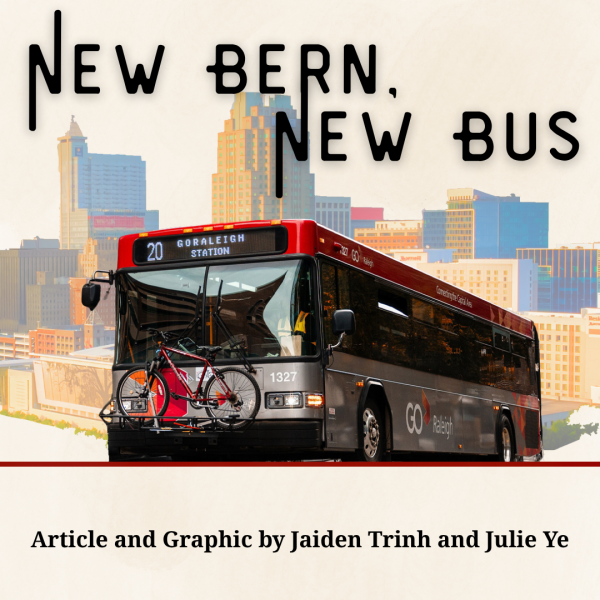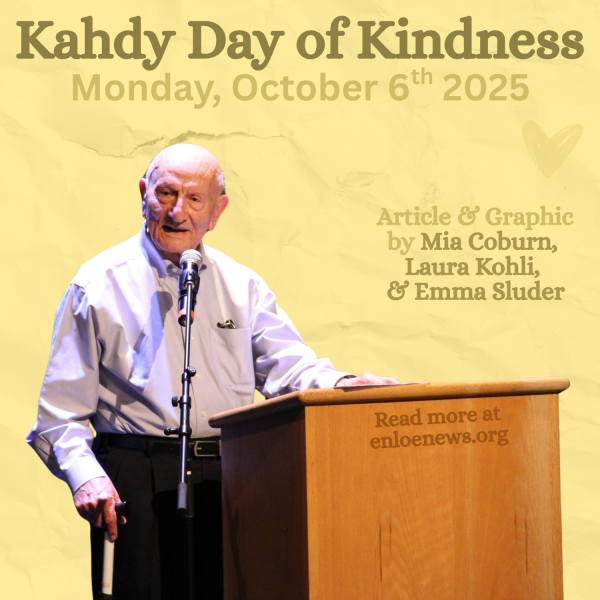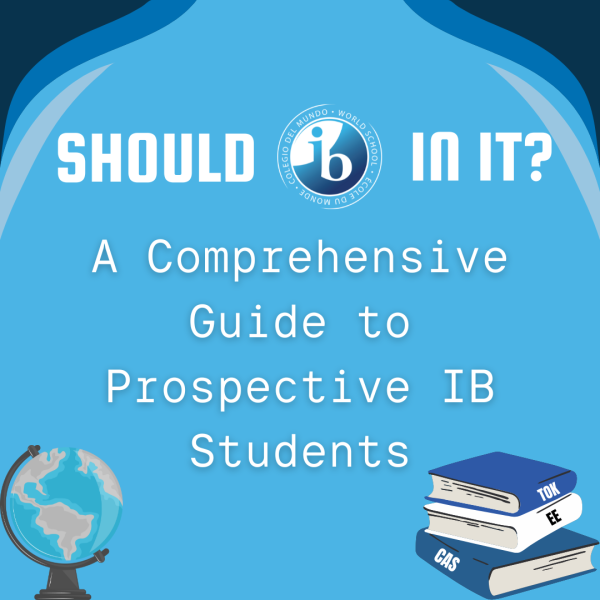The Controversy Around the Legacy of Queen Elizabeth II Explained
Following the Queen’s passing last week, there has been a sharp increase in anti-monarchical sentiments, especially from immigrants & citizens of nations that were previously colonized by the British Empire. Though the Royal Family holds a largely ceremonial role within the United Kingdom’s government, many argue that the political power/influence the Queen had over the Government is more than enough for her to make lasting change. This article will take a look at the major points of criticism that the Royal Family, especially the Queen, has faced.
Colonization
Ties to Slavery
In 1660, the Royal African Company was set up by the Duke of York (and later King), James Stuart. Prince Rupert was also a founding shareholder.
According to SlaveVoyages, a research database, the Royal African Company shipped more than 111,517 enslaved people during the company’s time selling enslaved people (not including those that were sent without documentation).
Lecturer William Pettigrew’s book The Royal African Company and the Politics of the Atlantic Slave Trade, 1672-1752 states that the company “shipped more enslaved African women, men, and children to the Americans than any other single institution.”
The number of enslaved people traded resulted in profits and an increase in wealth for shareholders involved, many of them being members of the Royal Family. The Stuart Dynasty era possessions such as the Kensington Palace and Hampton Court Palace have financial connections to the company.
The Queen did not formally apologize for the Crown’s connection to Slavery or make attempts to pay reparations to victims of their trade.
Kohi-Noor-Diamond
Before the arrival of the British, the large Mughal Empire had collapsed and several other entities grew, such as the Maratha Confederacy, the Gorkha Kingdom of Nepal, and the Sikh Empire. As the British East India Company expanded from its coastal trading port to larger territorial possessions of states and entire regions, it expanded to encompass much of India during this divided era of the subcontinent. Company rule ended in 1858 after the Sepoy Rebellion and the British Government took control of governance.
The Anglo-Sikh war (1845-1846) saw the company gain control of Jammu and Kashmir and partial control of the Sikh Empire. The conclusion of the war was marked by the Treaty of Lahore (1846), signed by the Governor-General on the side of the British, and Maharaja Duleep Singh on the side of the Sikhs. Duleep Singh was only seven years old when the treaty was signed.
The treaty included the transfer of the now-infamous Koh-i-Noor diamond to the Queen of England, Queen Victoria, and the future Empress of India. To this day, the British Crown maintains control over the Kohi-Noor-diamond; this is despite claims of ownership by the governments of India, Afghanistan, and Pakistan; UK Prime Minister (at the time) David Cameron stated in response, “If you say yes to one you suddenly find the British Museum would be empty. I am afraid to say, it is going to have to stay put.”
Such possession by the Crown is not a new concept to the United Kingdom or the Royal Family itself. Many of the British Museum’s 8 million artifacts are sourced from cultural and historical artifacts that were looted by the rising empire in places such as Nigeria, Egypt, and India.
The Queen did not return the diamond.
Today, demands for the repatriation of such diamonds and gems from the Royal Family’s collection continue to grow.
Internal Issues
Prince Andrew
Prince Andrew, the Duke of York, is the third child of Queen Elizabeth II and the eighth in the line of succession to the British throne. He was accused by Virginia Giuffre of engaging in sexual activities with the Prince as part of the sex-trafficking operations of Jefferey Epstein. Several people have corroborated evidence that the Prince visited Epstein often, such as Epstein’s butler and pilot, as well as visits by Ghislaine Maxwell to Buckingham Palace. In February 2022, a separate civil case was settled outside of court and Andrew donated to Giuffree’s charity for abuse victims.
Most criticisms were directed at the Crown because Prince Andrew kept some of his titles. While the Queen stripped many of his titles and reduced the Prince’s public appearances, he still holds the title of Prince and Duke of York. British taxpayers will continue to pay between £500,000 and £3 million pounds for the Prince’s protection, despite his vast wealth and controversies.
Princess Diana
Princess Diana of Wales was the wife of King Charles III and the mother of Prince Harry and Prince William. The marriage of Princess Diana and Prince Charles (his title at the time) was reportedly volatile and went through many issues including rumors of several affairs; the most controversial rumor of an affair at the time the Prince had was with Camila Parker Bowles, his now-current wife. Other issues that faced Diana during her time as a member of the Royal Family included postpartum depression after the birth of Prince William, bulimia, and self-mutilation. The couple divorced after five years of marriage in 1981. Diana, unfortunately, died in a car crash in 1996.
Though the situation is highly controversial, many blame the Royal Family for the poor handling of affairs with Princess Diana.
Your donation will support the student journalists of Enloe Magnet High School, allowing us to cover our annual website costs. We are extremely grateful for any contribution, big or small!

(He/him)
Akshat is a senior here at Enloe. He is excited to return for his third year on the staff to work on the Eagle's Eye's newest (and best) section,...


